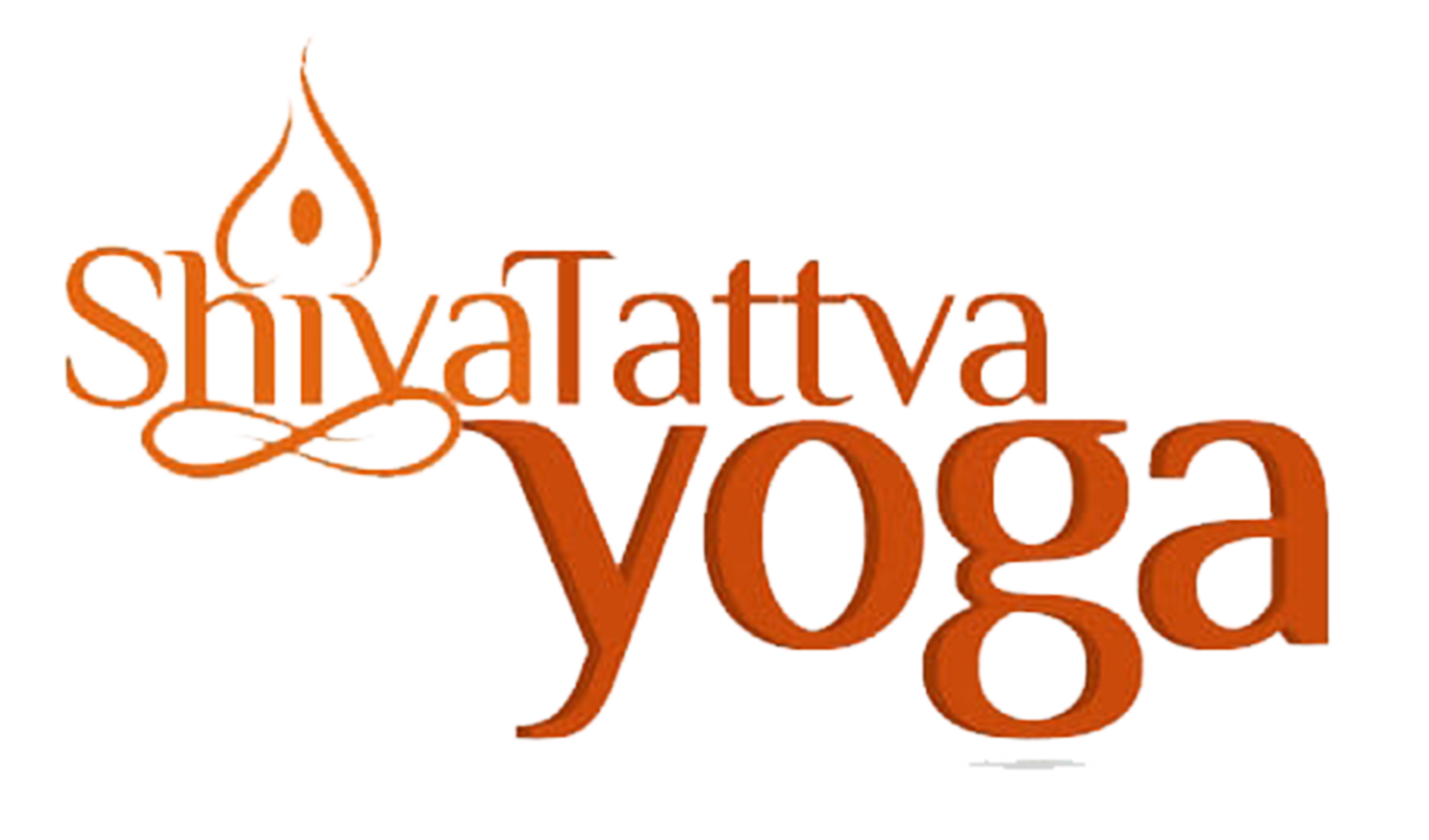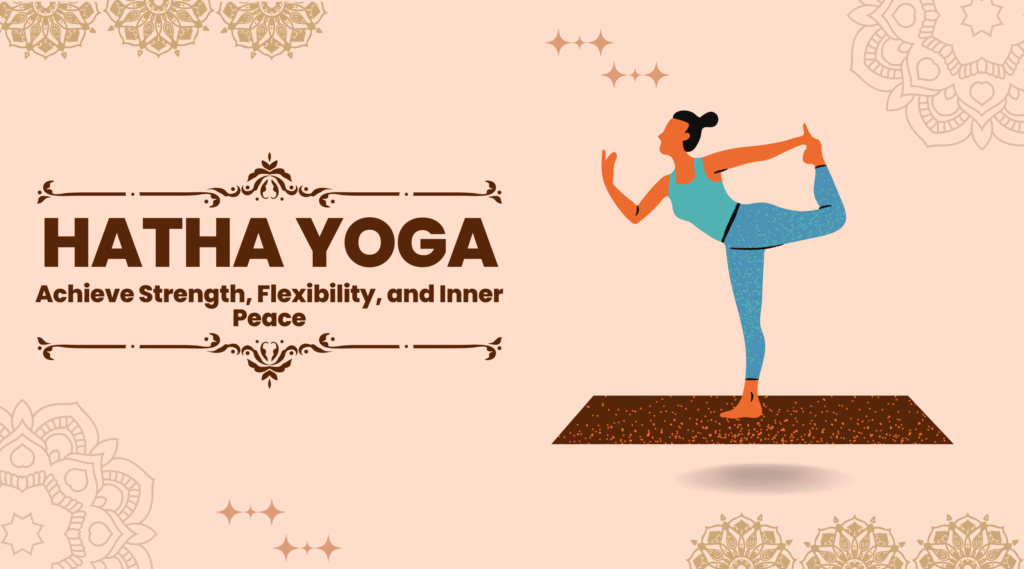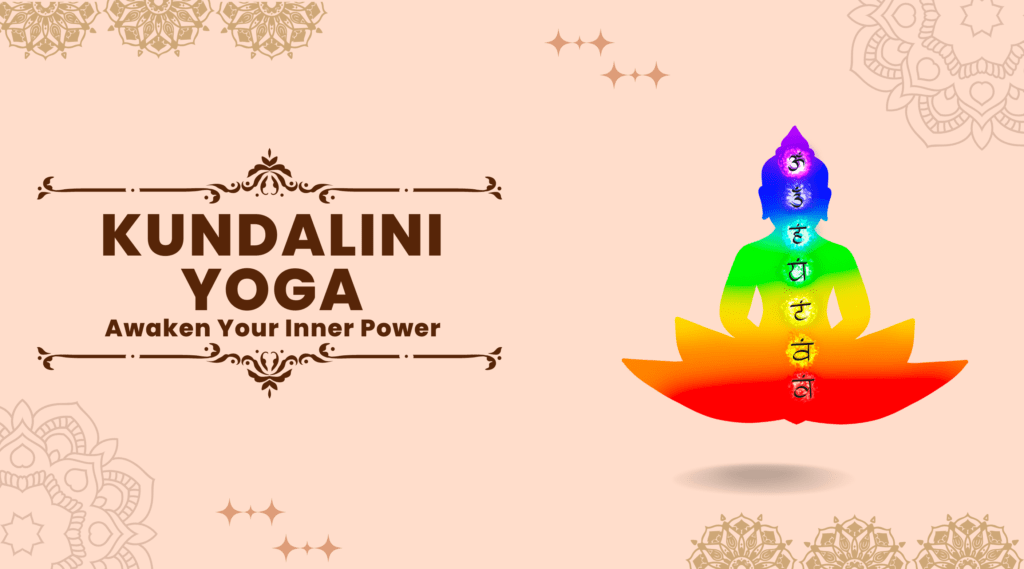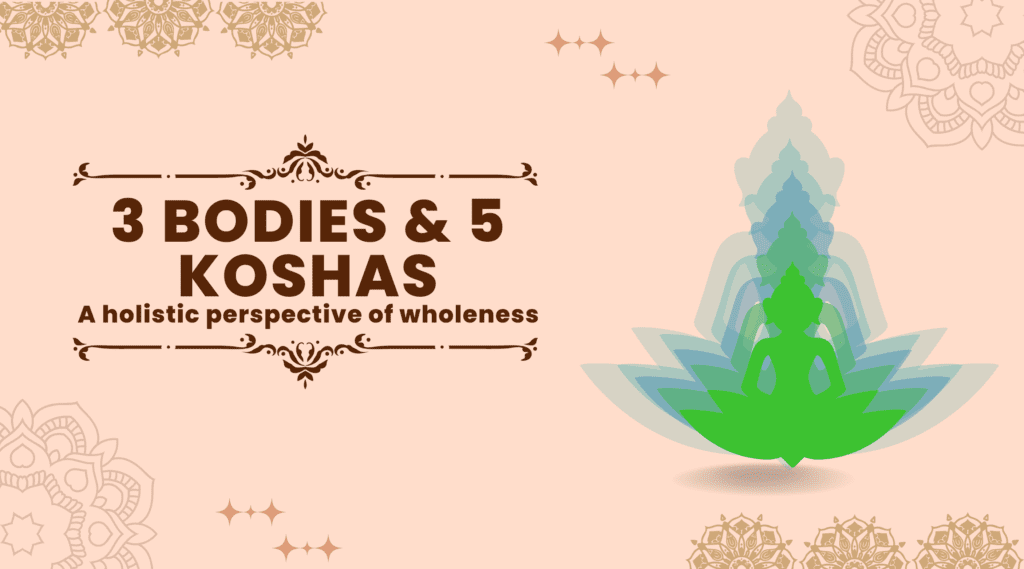Aerial Yoga: Yoga in the air with the benefits of gravity assisted asanas
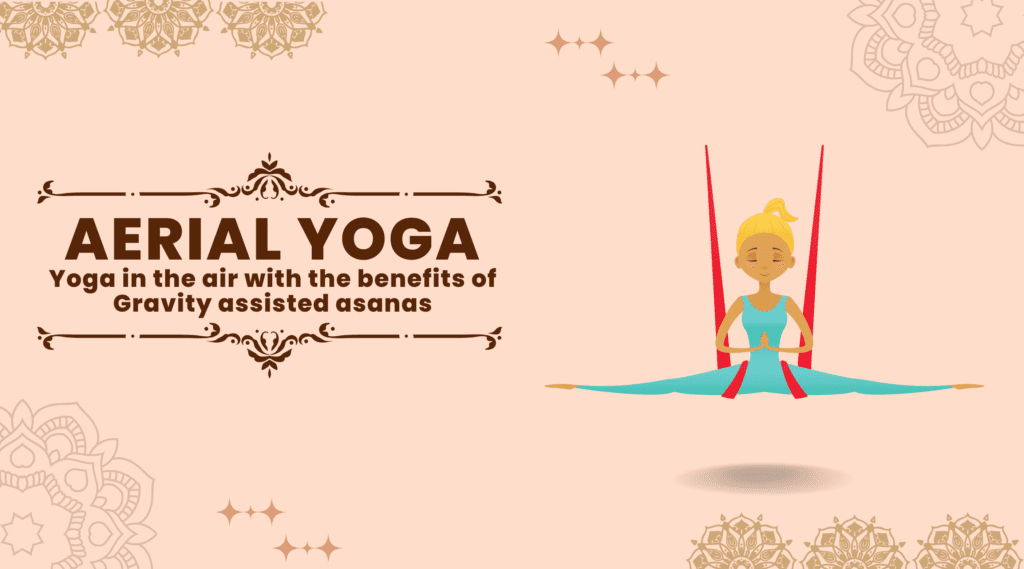
Introduction
Aerial Yoga, is also known as Aero Yoga, Flying Yoga, Air Yoga, Swing Yoga, Silk Yoga, Hanging Yoga or Anti Gravity Yoga etc. It is a unique and exciting form of yoga that combines traditional yoga poses with acrobatic movements, all while suspended in the air with the help of a hammock or swing.
This form of yoga has gained popularity in recent years and has become a preferred choice for those looking to try something new in their yoga practice.
The swing used in aero yoga is made of a high-density nylon fabric so it can support up to 1,000 pounds. The fabric is hung from the ceiling or a specialised rig as well as adjustable to accommodate people of different heights and body types.
The hammock is designed to support the body during the various poses and movements, providing a unique form of support and resistance that cannot be replicated in traditional yoga.
History of Aerial Yoga
Although the use of different types of props in yoga practice was started by Late B.K.S. Iyengar who developed his own style of yoga called Iyengar yoga.
However, Aero yoga was first introduced by Christopher Harrison, a former Broadway performer and gymnast, who created a technique called AntiGravity Yoga in 2007. Since then, the practice has evolved and been adapted by many yoga practitioners around the world.
Suggested: Best Yoga Retreats And Yoga Teacher Training In Rishikesh
Benefits of Aerial Yoga
1. Reduce stress and anxiety: One of the main benefits of aero yoga is to allow practitioners to explore and deepen their yoga practice in ways that may not be possible on the ground. During the practice the hammock provides a safe and supportive environment for practising inversions. These inversions are generally challenging and beneficial yoga poses that can be difficult to achieve without the use of a prop. These Inversion poses help improve circulation, increase energy, as well as reduce stress and anxiety.
2. Strong & Flexible Muscles: Aerial yoga also offers a full-body workout that strengthens and tones muscles, increases flexibility and balance, it also improves joints health and overall body awareness. The use of the hammock requires constant engagement of the core muscles, which can help improve posture and alleviate back pain.
3. Beneficial Effect on Mind: another benefit of aerial yoga is its therapeutic effects on the mind and body. The feeling of weightlessness created by the hammock can help release tension and promote relaxation, which can be particularly beneficial for people with anxiety, depression, or other mental health conditions. The practice can also help improve focus and concentration, as well as boost self-confidence and self-esteem.
Aero yoga is suitable for people of all ages and fitness levels, as the intensity of the practice can be adjusted to meet individual needs. However, it is important to note that aero yoga requires a certain level of strength and stability, so it is recommended that beginners start with a beginner-level class and work their way up.
Techniques of Aerial Yoga
Here are some of the techniques used in aerial yoga:
1. Inversions: Aerial yoga allows for more comfortable and supported inversions. This helps to relieve tension in the neck and spine. Inversions also increase blood flow to the brain and can provide a feeling of euphoria.
2. Suspension: The hammock or silk helps to suspend the body in various positions. This allows for deeper stretches as well as a greater range of motion.
3. Decompression: Aerial yoga allows for decompression of the spine. This can be beneficial for people who experience back pain or discomfort.
Features of Aerial Yoga
Some features of Aerial Yoga are as following
1. Suspended hammock: The main feature of aerial yoga is the suspended hammock or silk. This allows practitioners to perform yoga poses and sequences with the support of the fabric.
2. Unique poses: The use of the hammock allows for unique and creative yoga poses that are not possible in a traditional yoga practice.
3. Increased flexibility: The hammock allows for deeper stretches and a greater range of motion, which can help to increase flexibility.
4. Mind-body connection: Aerial yoga can help to increase the mind-body connection. As a practitioner, you must focus on their breath and movement while suspended in the air.
5. Strength-building: Aerial yoga requires a lot of upper body and core strength to hold and transition between poses.
6. Flips and Tricks: This yoga can also include flips and tricks. this adds an element of fun and challenge to the practice. These movements require a lot of strength and control, and should only be attempted with proper instruction and supervision.
Can we do Aerial Yoga at home?
The answer is yes. You can practise this yoga at home. However, it is important to ensure that you have the proper equipment, space and most importantly knowledge to do it safely. Here are some things to consider if you want to practise it at home:
1. Equipment: You will need a yoga hammock or aerial silk, as well as a secure anchor point, such as a sturdy ceiling beam or support structure. It is important to purchase high-quality equipment. They ensure that the anchor point is strong enough to support your weight.
2. Space: You will need enough space to safely perform aerial yoga poses without hitting walls, furniture, or other objects. Make sure that your practice space is clear of any hazards or obstacles that could cause injury.
3. Instruction: This yoga can be challenging and potentially dangerous if not practised correctly. It is important to learn from a qualified instructor because he can guide you through proper alignment, safety precautions, and modifications for different levels of experience and ability.
4. Safety: Always prioritise safety when practising this yoga form at home. Start with beginner-level poses and progress gradually as your strength, flexibility, and skill level improve. Use a spotter or partner to help you if needed. Always listen to your body and avoid pushing beyond your limits.
Cautions while practising Aerial Yoga
Aerial yoga, like any physical activity, carries a risk of injury if not practised safely and mindfully. Here are some cautions to keep in mind when practising this yoga:
1. Instructor guidance: It is important to learn aerial yoga from a qualified instructor. He can guide you through proper alignment, safety precautions, and modifications for different levels of experience and ability.
2. Physical limitations: This for of yoga can be challenging and physically demanding. Hence, it is important to listen to your body and avoid pushing beyond your limits. If you have any physical limitations or health concerns, talk to your doctor before starting this yoga. Always work with a qualified instructor who can help you modify poses as needed.
3. Injury prevention: Warm up before each session and gradually increase the intensity of your practice. Avoid sudden movements or jerky transitions. And be mindful of your body alignment to avoid putting excess stress on your joints.
4. Safety precautions: Have a spotter or partner to help you if needed, especially when attempting advanced poses or inversions. Make sure your practice space is clear of any hazards or obstacles that could cause injury.
Expectation from an Aerial Yoga class
In an aerial yoga class, we can expect to experience a unique and dynamic practice. This practice combines traditional yoga poses with the support of a hammock or aerial silk. Here are some things that we might expect from this yoga class:
1. Hammock setup: The class will begin with setting up your hammock or aerial silk. This is important to adjusting the height as well as positioning of the fabric to ensure a safe and comfortable practice.
2. Warm-up: The class will likely start with a gentle warm-up. This may include stretching, breathing exercises and simple poses to prepare the body for the more challenging aerial yoga poses.
3. Aerial yoga poses: The main focus of the class will be on aerial yoga poses. This can include inversions, backbends, twists, and balance poses, among others. The hammock provides support and allows for deeper stretches and unique variations on traditional poses.
4. Modifications: The instructor will offer modifications and variations of the poses to accommodate different levels of experience and ability. You may be encouraged to use props, such as blocks or straps, to assist in certain poses.
5. Mindfulness: Aerial yoga emphasises mindfulness and the mind-body connection. Hence, you should focus on your breath, movement, and sensations in the body throughout the class.
6. Relaxation: The class will end with a relaxation pose, such as savasana. It allows the body and mind to fully relax and absorb the benefits of the practice.
Conclusion
Aero yoga is a unique and exciting form of yoga that offers a range of physical, mental as well as therapeutic benefits. With its ability to challenge and deepen traditional yoga poses, it has become a popular choice for those looking to expand their yoga practice and try something new.
Whether you are an experienced yogi or a beginner, aero yoga is definitely worth exploring.
You Can Also Read
